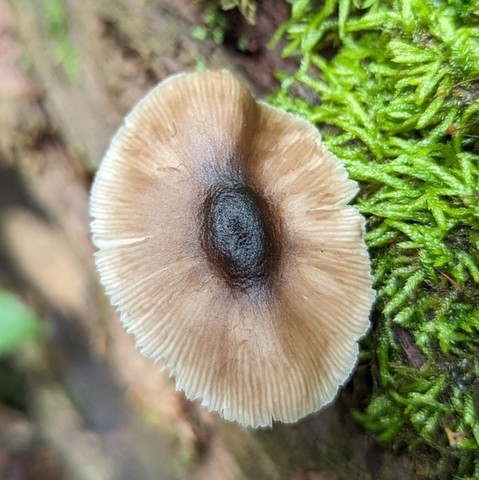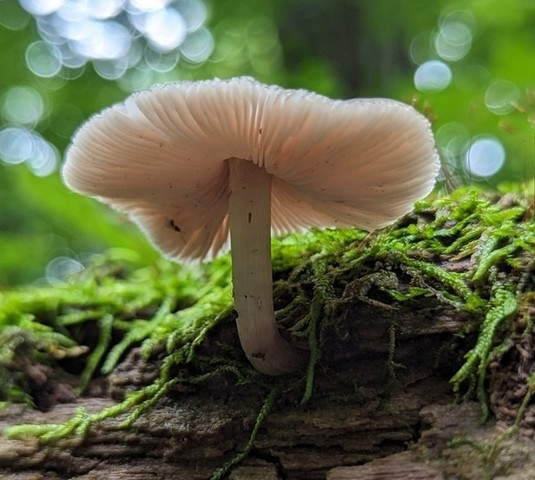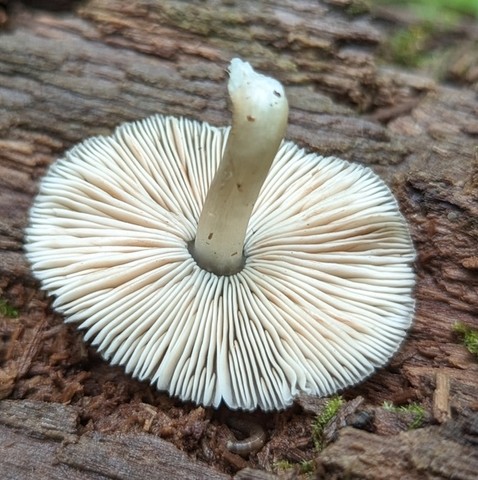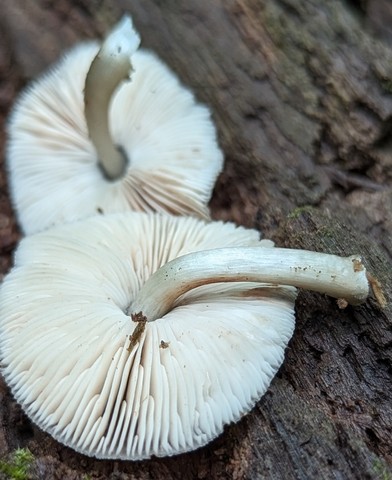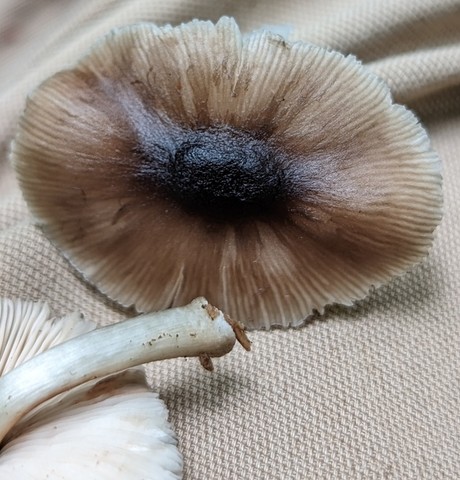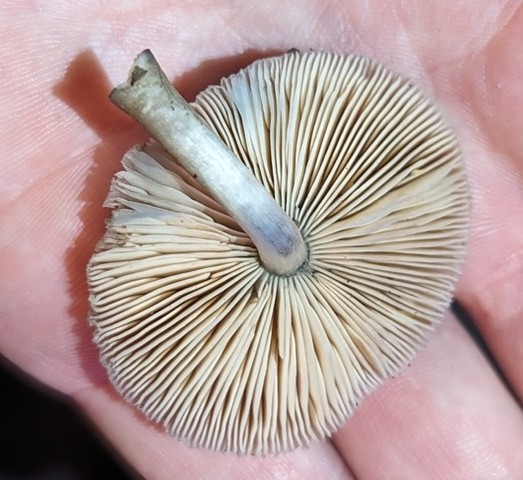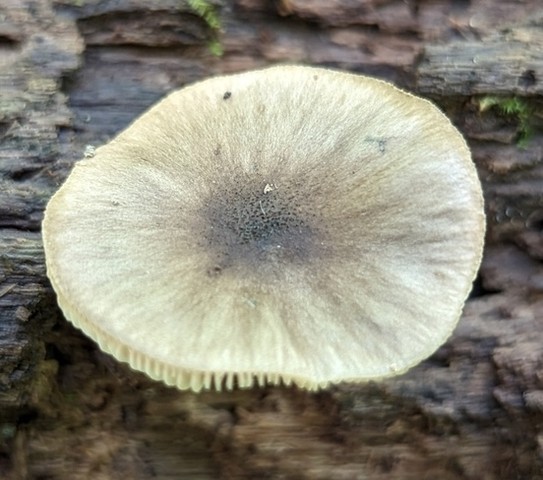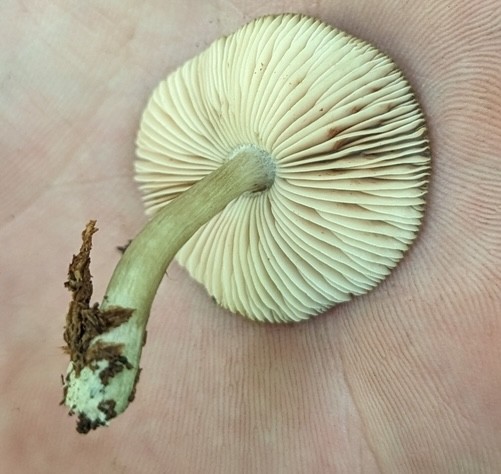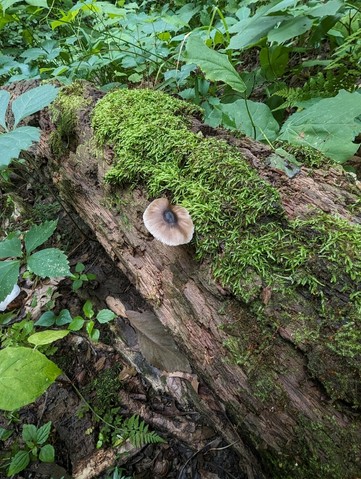Saupe's Pluetus
Pluteus saupei
Life > Fungi > Basidiomycota > Agaricomycotina > Agaricomycetes > Agaricomycetidae > Agaricales > Pluteineae > Pluteaceae > Pluteus
Description
Saupe's Pluetus is a decomposer of dead deciduous wood and can be found in the summer. It can be found growing singularly or in groups, but never clustered together at the stem. It is a mushroom with few scientific collections, with only reported collections from the Great Plains in North America. It is named after Dr. Stephen G. Saupe, who collected the first specimen for the scientific description (holotype), and who discovered the presence of psilocybin in the genus Pluteus.
This mushroom is marked poisonous due to the presence of psilocybin, which causes the blue bruising. Although blue bruising doesn't always indicate psilocybin (as with many Boletes), it does in the genera Pluteus, Panaeolus, and Psilocybe. Psilocybin can generate intense hallucinations and mind-altering effects, so eating this mushroom should be avoided. Please see the North American Mycological Society's toxicology page for more information.
Pluteus saupei has a distinctive top-of-cap shape that is oblong/elliptical (but sometimes circular like other Pluteus), with a dark brown center with scales and noticeable grooves (striations) from the margin to the brown center. The side-view shape is evenly rounded to flat.
The gills are free from the stem, starting white when young and becoming pink with age. The stem is round, relatively even, and without an annulus or volva.
June 30th, 2023 Field Notes - Indian Cave State Park
- Pluteus americanus or sister taxa.
- Growing gregariously on well decayed hardwood log (potentially Ash) in low moist mixed oak/hickory woodland near small creek.
- Stipe and hymenium slowly bruising blue 10-15 minutes later after handling.
- Center of pileipellis adorned with small dark scales. See the photos of the small specimen, which was found a few days later in the same log.
- Taste slightly phenolic
- Smell not distinct to faintly pleasant.
References
Kuo, M. (2015, July). The genus Pluteus. Retrieved from the MushroomExpert.Com Web site: http://www.mushroomexpert.com/pluteus.html
Kuo, M. (2016, June). Pluteus americanus. Retrieved from the MushroomExpert.Com Web site: http://www.mushroomexpert.com/pluteus_americanus.html
Pluteus saupei Justo & Minnis, Mycological Progress 10 (4): 475 (2011) [MB#518598] - https://iris.unito.it/bitstream/2318/78430/1/Species%20recognition_4aperto.pdf
Created December 15, 2025 at 10:41 AM
